
This is a post I’ve meant to write since my first trip to Australia four years ago. I’ve struggled with the right way to approach it though, without overly insulting an entire nation while at the same time offering the perspective that only an outsider can provide. After my most recent foray to Australia though, I think it’s time for this post to be written and to try to address what I think is an oddity, the lack of a real cuisine or even culinary history in Australia.
In preparation for this post, I did a fair amount of research above and beyond my own personal experiences exploring Australia. Everything I found and read though merely backed up my initial impressions I had on that first trip, that Australian cuisine per se doesn’t really exist, not really.
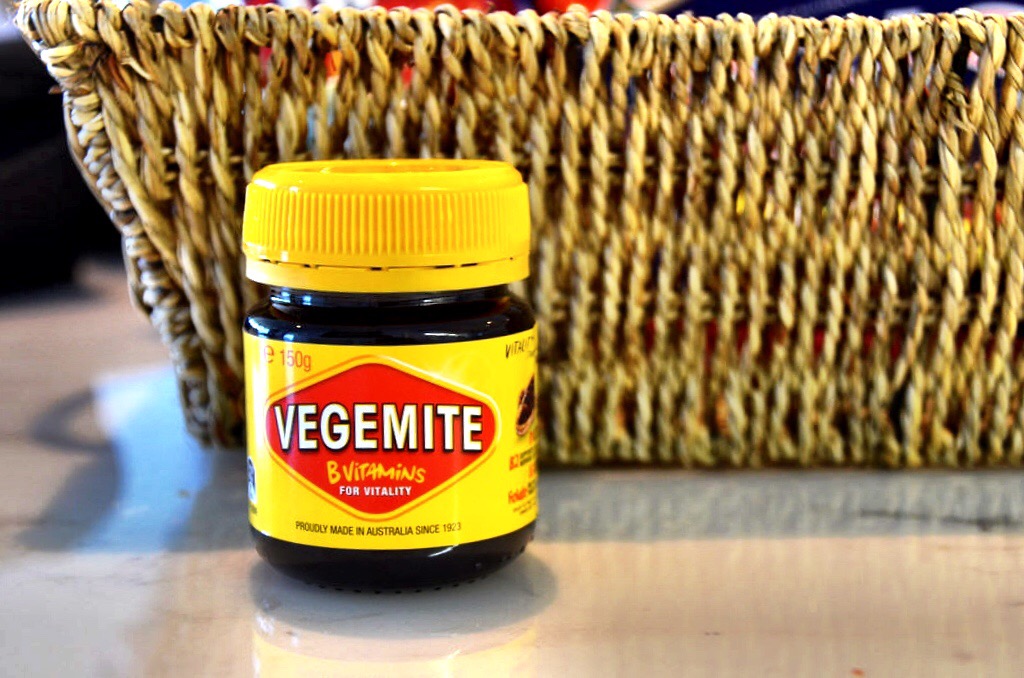
Are there iconic foods and snacks that can only be found in Australia? You bet, a few of the most notable include:
- Anzac biscuits
- Lamingtons
- Pavlova
- Tim Tams
- Violet Crumble
- Sausage rolls
- Cherry Ripe
- Fairy bread
- Vegemite
- Hamburger with beetroot
- And so on
Notice anything odd about that list? Most of these items are candies or sweets, and follows one of my first observations about food in Australia: Australians have one of the most pronounced proclivity to all things sweet that I’ve found anywhere in the world.
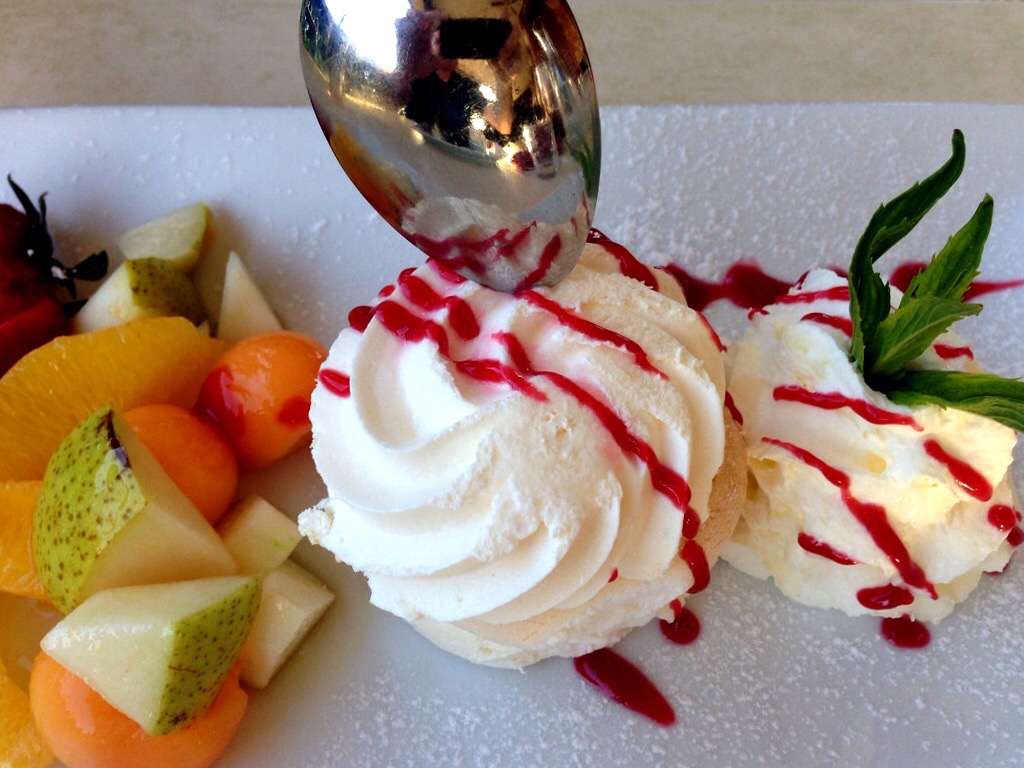
Sweet treats
I first picked up on it in Melbourne, walking around there aren’t just a few places to buy chocolate, there are dozens of chocolatiers around town; there’s even a dedicated chocolate tour to introduce them all to visitors. This isn’t Melbourne-specific either; every major city I’ve visited in Australia has either had its own local chocolate producer or shops all around town selling them along with other sweets. As a person in possession of a massive sweet tooth, I love it but I also have to wonder where this obsession with dessert comes from? I certainly don’t have the answer, but would love to hear from some Aussies to get their thoughts on this phenomenon.
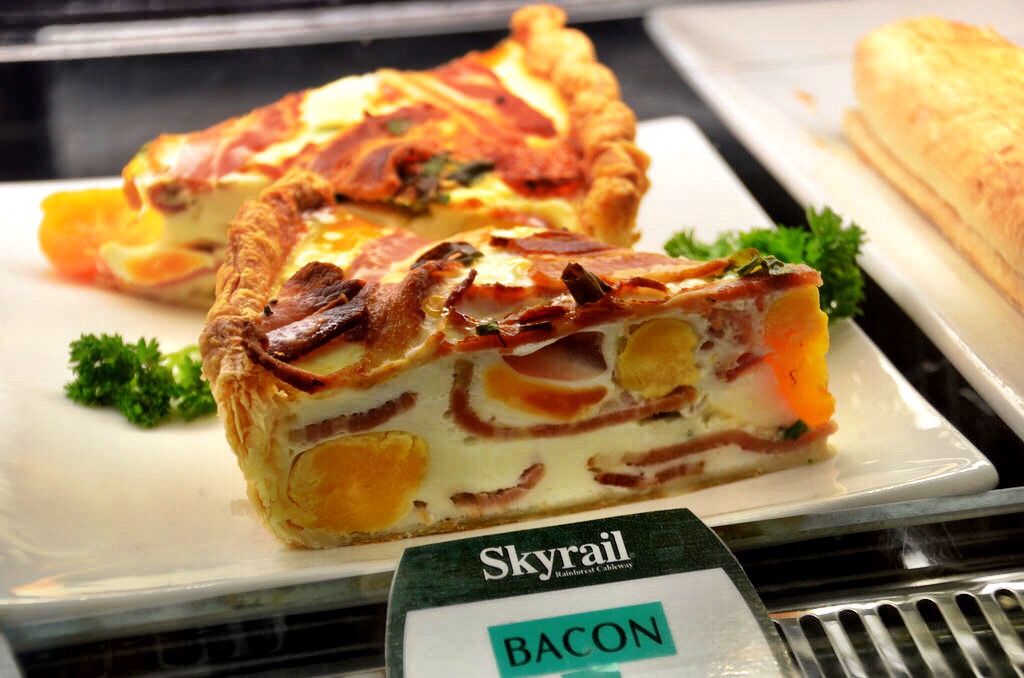
Savory
Australian food is about much more than Cadbury though, savory foods have their own unique Australian twists, sort of. The most common, go-to meals I’ve found all have their foundations rooted firmly in English cuisine. Meat pies, sausage rolls and fish and chips are available everywhere and in every iteration imaginable. Meat and potatoes, that is at the heart of Australian cuisine. This really isn’t surprising, Australia was a colony for a long time and even after it transitioned into the Commonwealth it is today, its immigration policies were designed to accept Anglophones more readily than other ethnic groups.
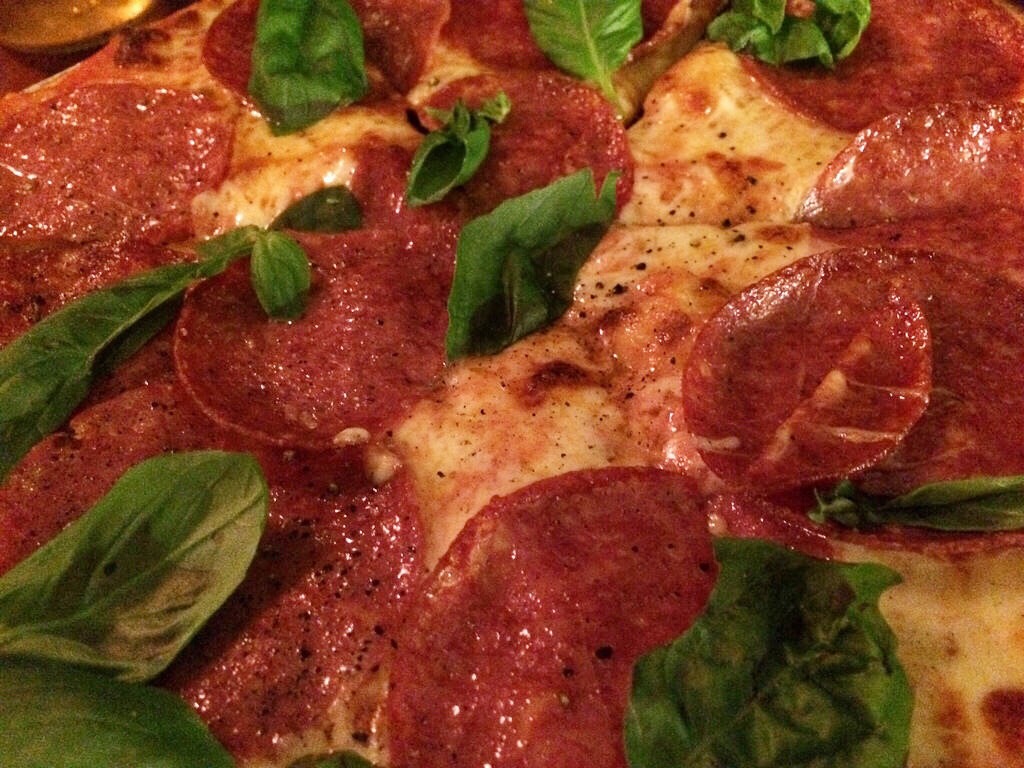
This changed a bit after the end of the Second World War and Australia saw a massive influx of immigrants from Southern and Eastern Europe, in particular Italy and Greece. Those immigrants brought along with them the rich culinary histories of their own countries, integrating them into the somewhat bland Australian diet. And you know what? People loved the new foods. They became so popular that they’re now de facto Australian dishes and nearly every run-of-the-mill restaurant or pub I visited had very familiar items on the menu:
- Salt and pepper calamari
- Chicken parmigiana
- Pasta bolognese
- Pizza
- Coffee
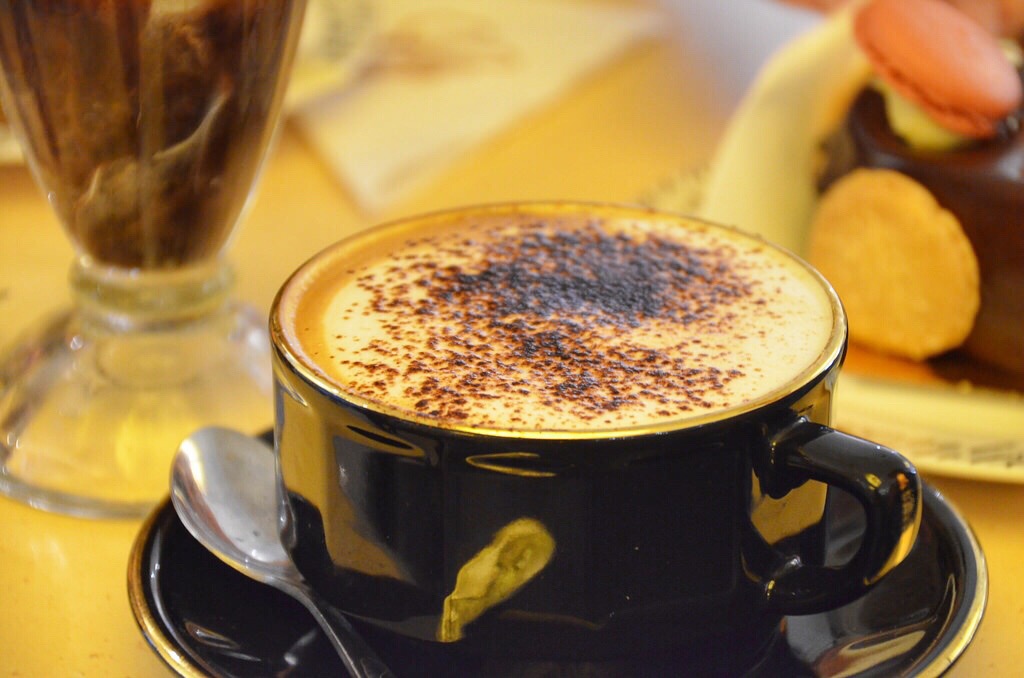
Coffee in particular is amazingly important in Australia, having developed a robust coffee culture about a century ago. With those Italian immigrants came the espresso machine, turning Australian coffee on its head and changing forever how Australians consume this favorite caffeinated beverage. Coffee in Australia is unlike any other country, they’ve developed their own drinks with strange names like Long Black and Flat White and it’s hard to go more than a few feet anywhere in the country without stumbling across a great, locally owned independent coffee shop. There are few things better in the world than spending time at the local café, a national pastime in Australia right up there with rugby, Aussie rules football and making fun of politicians.
In later decades, immigrants from Southeast Asia filled the cities and like all immigrants, also brought their favorite foods. Some of the best Indian and Thai food in the world, outside of their respective countries, can be found in Australia in amazing abundance. Driving through a tiny town with one stoplight in North Queensland, one of just a few restaurants I found was Thai, and a good one at that. Everywhere I went I asked Australians what they thought their national cuisine was and almost to a person, they named meals that actually have no ties to Australia. The best answer I received to the question though was, “Why the world is our kitchen!” That’s probably the best way to put it and absolutely points towards the real answer behind my initial question about Australian cuisine.

At times Australian cuisine seems like the fantasy of a teenage boy come to life. Cheeseburgers with beetroot, massive quiche-like pies filled with bacon and enough donuts and sweets to make Willy Wonka jealous. But beneath this odd and decidedly unhealthy veneer, there is a deeper current, a more thoughtful one. It’s full of rich variation that has adopted the cultures and traditions of people from around the world. It’s a good analogy for Australia if you think about it. It’s a country that has always felt isolated and as such has always looked beyond its shores, its citizens traveling the world for years on end and bringing home with them new tastes and sensibilities, forever changing their home country without them even realizing it. It’s also another reason why traveling around Australia is so much fun, but also comfortable. Sure, there are dishes and meals that seem homey to us all, but also new concepts that surprise and even delight.
Thank you Australia for the Tim Tams and the sausage rolls, but also thank you for some of the best butter chicken and Thai curries I’ve ever enjoyed. I can’t wait to visit again, pull up a stool at my favorite coffee shop and soak up everything that makes the country so much fun to visit.
Have you been to Australia? What did you think of the food?

I’m Australian, and I have to agree that although we don’t have a particular “cuisine”, we try to make the best of all the different dishes from around the world.
Hey Matt, a reader directed me to this, as we posted a story yesterday on how extraordinary Australian cuisine is right now.
I have to ask: did you eat at people’s homes or in many restaurants when you were in Australia?
Because, from the perspective of an expat Australian who writes on food, has been eating in Aussie restaurants since the 80s and witnessed the development of the cuisine, and eaten widely around the world, I have to say that Australian cuisine has never been in a better place. And that is a widely held view. Ask chefs like Rene Redzepi, Massimo Bottura or David Chang what they think of Australian cuisine. Chang said his love of Australian food, produce and producers is the reason he opened a restaurant in Sydney a few years ago – it’s a good excuse to return regularly.
What you’re talking about above is snack food, junk food, street food, kids food, candy/sweets, and desserts. It’s definitely teenage guy food, as you say. Although fairy bread, when I last ate it in the 1970s, was little girls’ food :) While those things form part of Australia’s culinary culture, apart from a mention of our many ‘ethnic’ cuisines – which are no longer really ethnic because of our very long history of immigration, which I detail in my post – you’ve left out the sort of food that I’d describe as ‘Australian cuisine’, the food that Australians eat on a daily basis, on tables in restaurants and dining rooms in homes.
With the exception of ragu bolognese and salt and pepper calamari (‘parmas’ are pub food, for me), the stuff above is not the sort of food that most Australians would eat regularly. I did eat a lot of those things as a kid growing up, but they were treats. As an Asian-based Aussie who has lived abroad since ’98 it’s not the food I eat when I return home. About the only thing I’d make an effort to have back is a good Aussie meat pie. Maybe salt and pepper calamari, which despite being Southeast Asian, is something Aussies do exceptionally well.
Most (not all) Australians are fairly sophisticated foodies. My friends will cook anything from Sichuan to Sicilian. My parents were rolling sushi at home in the 1980s. And my family and friends are not exceptions. Watch an episode of MasterChef Australia or My Kitchen Rules to get an idea of how the average Australian is eating and cooking. Food magazines still sell well in Australia.
Australian cuisine is actually some of the most exciting in the world right now and the best place to try it is in its restaurants and people’s homes. While there was fantastic food being served in restaurants in the 1980s when I first started eating out at – about the same time things started to get interesting in US restaurants too – the cuisine has really matured in recent decades and Australian chefs have developed a distinct and uniquely Australian cuisine. It certainly does incorporate those multicultural influences you mention, but Australian chefs have made the cuisine their own in a way that I haven’t seen elsewhere in the world.
There are actually very interesting parallels with American cuisine/culinary history. The two cuisines are different, but also share similarities, due to the similar histories: ancient indigenous populations, colonization* by Europeans, and progressive waves of immigrants who have contributed to the culinary cultures. Both countries have restaurants considered some of the world’s best that are on par with each other. Indeed, the best restaurant kitchens in Australia have as many young Americans in them doing stages, as the best in the US have Aussies. Our best chefs also admire each other immensely – Thomas Keller and Neil Perry frequently heap praise upon each other.
You wrote: “Australia was a colony for a long time and even after it transitioned into the Commonwealth it is today, its immigration policies were designed to accept Anglophones more readily than other ethnic groups.” That’s not exactly true.
Australia wasn’t a colony for a long time – only for 67 years compared to the USA’s 170 years as a colony. Australia was colonized by the British in 1788, around 180 years after the USA, and the USA was a colony until the 1775 American revolution. Yes, Australia is a member of the Commonwealth nations, like Canada, New Zealand, South Africa, India, and another 48 countries, but that’s a political construct that has little impact on our culture and cuisine.
We did have that horrible White Australia Policy for several periods during our history, however, our immigration history is long and complex, starting with 50,000 Chinese in 1851, and marked by successive waves of immigrants from the Middle East/Africa, Europe, Latin America, and Asia. I provide details of those many waves of migrants in my post, so I won’t repeat them here, but I’d encourage you to click through.
However, those ‘immigrants’ are now Australians and their cuisines, which have become part of our culture are now our own, in the same way, as, say, a burrito is American. Those immigrants most certainly impacted how Australians have eaten and have shaped our cuisine, and explain why we have such fantastic ‘ethnic’ cuisine, which is no longer really ethnic at all. But as I write in my post, it’s been a long ongoing process over the life of our country.
When you next get back to Australia, let me know and I’ll provide a list of restaurants, markets, and suburbs, where you can taste a far wider spectrum of food and dishes that I believe better represent Australian cuisine than the lists above. Apologies for the long comment! I hate it when people visit a place and don’t eat well :)
I don’t have time to digest this at the moment, but pretty sure you over-thought this and didn’t quite take it for the tongue in cheek post it was.
Hey Matt,
From an Australian perspective – what we lack in “iconic” meals, we make up for with the abundance of incredibly good products grown in such diverse surroundings.
Think of winning Aussie combinations – BBQ’s with stunning seafood, lamb studded with wild garlic cooked in wood ovens, cool climate white wines, toasty shiraz from warmer climate regions.
We have past and present food icons that have shaped our culinary climate – Margaret Fulton (Australia’s Delia Smith equivalent), Stephanie Alexander, Maggie Beer, Neil Perry, Dan Thompson and the list goes on.
And winemakers that are bold renegades.
Look forward to an updated post next time you are here to explore more of our culinary curiosities,
Cheers
Andrea
Thanks for your comment, especially as someone who works in tourism you have a unique point of view. But beyond BBQ and wine what else is there? I’m not trying to be difficult, just playing devil’s advocate. And I never said cuisine in Australia was bad, I just made observations as an outsider that those who live there may miss.
Matt
I love observations from outside. Agree we don’t have an Australian Cuisine, just as America doesn’t as we are both countries built from many many different countries We have unique Chinese restaurants in country towns with families descended from immigrants from the gold rush. What we have though is an Australian influence on many many different cuisines. Its a fantastic place to live
Totally agree, love Australia!
What about Kangaroo??
I agree with your observations on Australia. I was lucky to spend a year there and see what it is all about. Living in Sydney, I have to say that things that are missing from your list are:
Seafood (it is very fresh and everyone loves it!)
Chicken Schnitzel (Every place has it!)
Kangaroo and local Australian sources of protein, like Barramundi fish, Emu..
I like to describe Australian cuisine as “English Texas”.. New World with big portions and loads of meat, yet very English with their love for bread and “friedeverything”.
Finally a post that really sums it up, in a cheeky kind of way.
Australian cuisine relates to the fact we are such a multicultural country and we have taken all the best bits from everywhere else and smooshed them into our favourite treats.
We hope you enjoyed Aus and let us know next time your heading ‘down under’
Cheers
Jess & Drew